This article was medically reviewed by Lacy Windham, MD and by wikiHow staff writer, Aly Rusciano. Lacy Windham, MD, is a Board-Certified Obstetrician & Gynecologist in Cleveland, Tennessee. Dr. Windham attended medical school at the University of Tennessee Health Science Center in Memphis. Her residency was completed at Eastern Virginia Medical School in Norfolk, Virginia. She was the recipient of multiple awards during her residency training, including Most Outstanding Resident in Maternal Fetal Medicine, Most Outstanding Resident in Oncology, Most Outstanding Resident Overall, and Special Award in Minimally Invasive Surgery.
There are 14 references cited in this article, which can be found at the bottom of the page.
wikiHow marks an article as reader-approved once it receives enough positive feedback. This article has 50 testimonials from our readers, earning it our reader-approved status.
This article has been viewed 2,624,337 times.
Itching, burning, and discharge? Yeast infections certainly aren’t fun! 3 out of 4 women will get a yeast infection at some point in their life, so you’re not alone in your discomfort.[1] Also known as vaginal candidiasis, yeast infections form from an overgrowth of a bacteria called Candida and rarely go away on their own, but thankfully, there are many ways to treat it. We’ve put together a guide of everything you need to know about taking care of yeast infections, from treating them with over-the-counter medications to preventing them with a tall glass of cranberry juice. So, take a deep breath and get ready to show Candida who’s boss!
Things You Should Know
- Try over-the-counter topical treatments like Monistat and Vagistat-1 if you have minor or mild symptoms.
- Talk to your doctor about taking a single-dose oral treatment like Diflucan to quickly ease mild yeast infection symptoms.
- Drink 6 to 19 oz (177 to 296 mL) of 100% cranberry juice a day and eat live culture yogurt to improve your vaginal bacterial health and prevent yeast infections.
Steps
Warnings
- If you’ve had more than 4 yeast infections in a year (a condition called vulvovaginal candidiasis), contact your doctor, as this may be a sign of an underlying medical condition.⧼thumbs_response⧽
- If you use an over-the-counter treatment and don't experience relief within 2 to 3 days, make an appointment with your physician to discuss a new treatment plan.⧼thumbs_response⧽
- Be careful with condoms if you use anti-fungal creams or suppositories. The oil in some of the medications can weaken a condom’s latex.[22]⧼thumbs_response⧽
- Wait until a yeast infection passes before having sex. The infection doesn't spread through sexual contact, but men can develop symptoms, such as itching, after having sex with someone with an infection.[23]⧼thumbs_response⧽
References
- ↑ http://www.womenshealth.gov/publications/our-publications/fact-sheet/vaginal-yeast-infections.html
- ↑ http://www.nlm.nih.gov/medlineplus/ency/article/001511.htm
- ↑ http://www.nlm.nih.gov/medlineplus/ency/article/001511.htm
- ↑ https://medlineplus.gov/ency/article/001511.htm
- ↑ https://youngwomenshealth.org/2013/06/19/yeast-infection/
- ↑ http://www.nlm.nih.gov/medlineplus/ency/article/001511.htm
- ↑ https://americanpregnancy.org/healthy-pregnancy/pregnancy-complications/yeast-infections-during-pregnancy/
- ↑ https://www.aafp.org/pubs/afp/issues/2000/0601/p3306.html
- ↑ https://medlineplus.gov/ency/article/007460.htm
- ↑ https://medlineplus.gov/ency/patientinstructions/000656.htm
- ↑ https://www.healthychildren.org/English/health-issues/conditions/genitourinary-tract/Pages/Yeast-Infections-in-Girls-and-Young-Women.aspx
- ↑ https://youngwomenshealth.org/2013/06/19/yeast-infection/
- ↑ https://americanpregnancy.org/healthy-pregnancy/pregnancy-complications/yeast-infections-during-pregnancy/
- ↑ https://www.urmc.rochester.edu/encyclopedia/content.aspx?contenttypeid=19&contentid=cranberry
- ↑ https://goaskalice.columbia.edu/answered-questions/yogurt-yeast-infections/
- ↑ https://health.clevelandclinic.org/do-home-remedies-actually-work-for-yeast-infections/
- ↑ https://intermountainhealthcare.org/blogs/topics/live-well/2018/03/preventing-vaginal-yeast-infections-with-lifestyle-and-diet-changes/
- ↑ https://medlineplus.gov/ency/article/001511.htm
- ↑ https://youngwomenshealth.org/2013/06/19/yeast-infection/
- ↑ https://medlineplus.gov/ency/article/001511.htm
- ↑ http://www.fda.gov/MedicalDevices/ProductsandMedicalProcedures/InVitroDiagnostics/HomeUseTests/ucm126074.htm
- ↑ http://www.womenshealth.gov/publications/our-publications/fact-sheet/vaginal-yeast-infections.html
- ↑ http://www.nlm.nih.gov/medlineplus/ency/article/001511.htm
About This Article
To treat a yeast infection, start by visiting your doctor to confirm that you actually have a yeast infection. Based on your symptoms and medical history, your doctor may prescribe an anti-fungal medication in the form of pills, creams, or suppositories. Along with medication, you can try drinking 100% cranberry juice, which can help treat the yeast infection, especially in the early stages. You may also want to speak with your doctor about taking probiotics, which may help restore the levels of healthy bacteria in your vagina. For more tips from our Medical reviewer, including how to prevent a yeast infection from getting worse, read on!
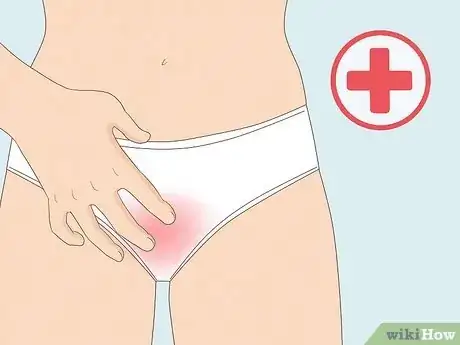

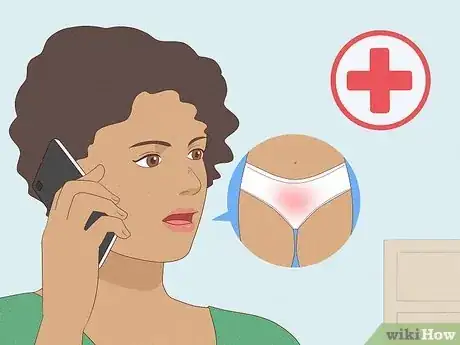
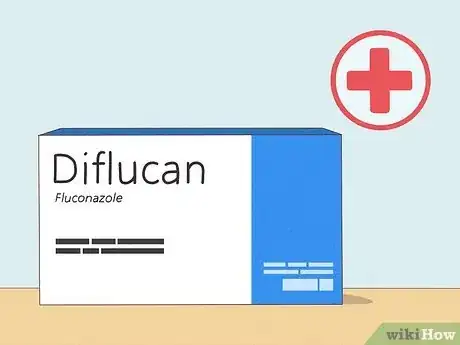
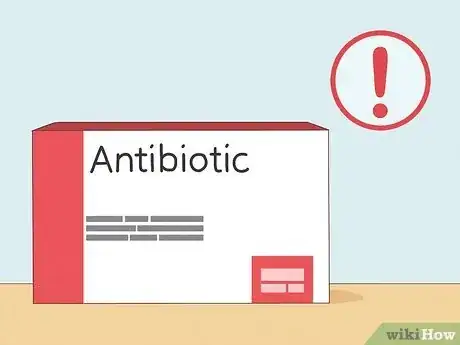
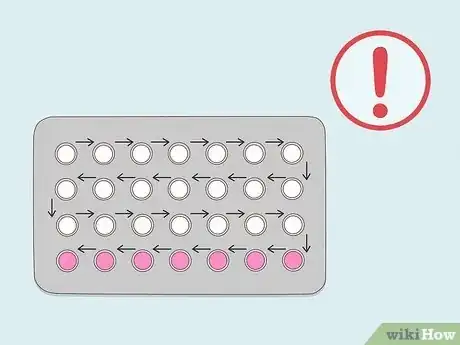

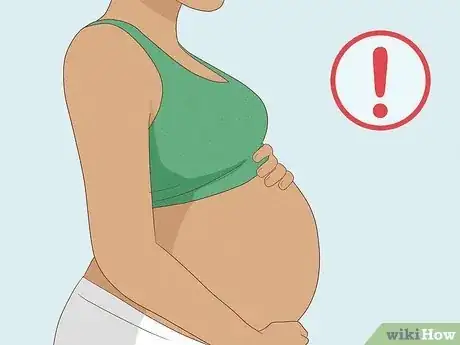
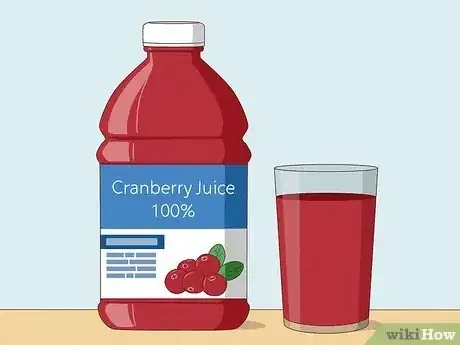



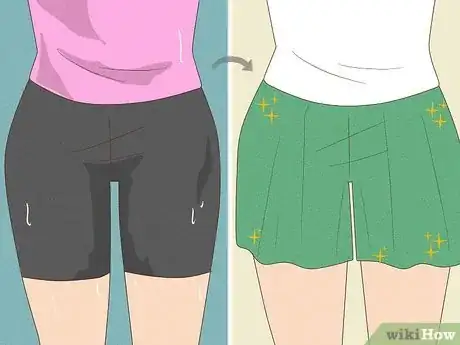


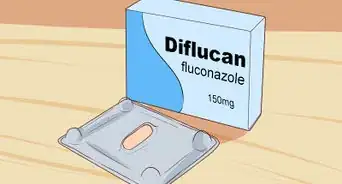

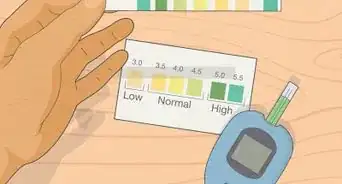







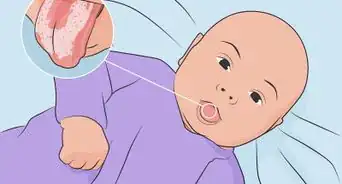

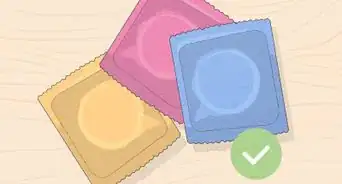











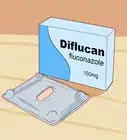

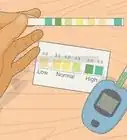




































Medical Disclaimer
The content of this article is not intended to be a substitute for professional medical advice, examination, diagnosis, or treatment. You should always contact your doctor or other qualified healthcare professional before starting, changing, or stopping any kind of health treatment.
Read More...